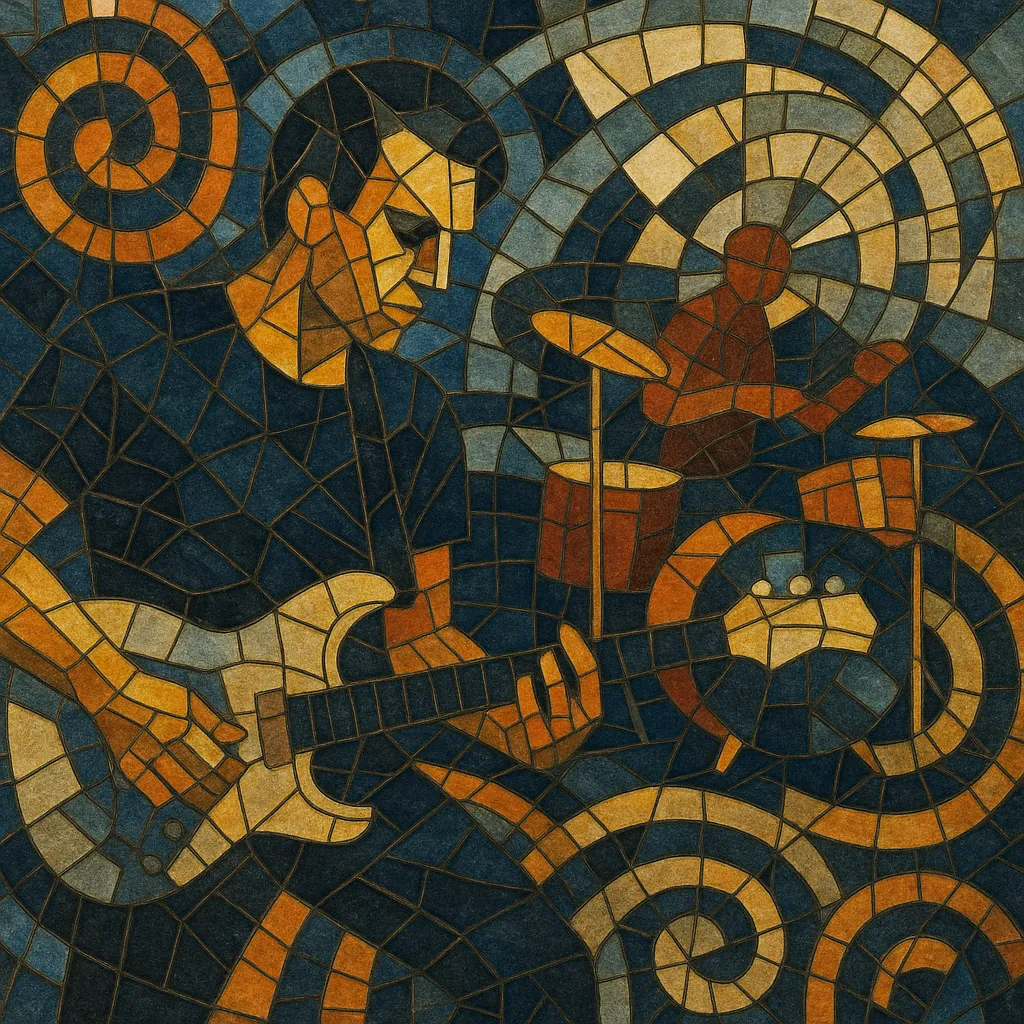Totalism is a postminimalist current in American contemporary composition that emerged in New York City at the turn of the 1990s. It pairs minimalism’s driving repetition and clear harmonies with the simultaneous layering of contrasting tempos, meters, and rhythmic cycles.
Where classic minimalism often favors a single steady pulse, totalism embraces multiple, coexisting pulses—often in rational tempo ratios (such as 3:2, 4:3, 5:4)—to create grooves that are both propulsive and metrically intricate. Its sound world frequently mixes amplified chamber ensembles with rock instrumentation (drum set, electric guitar and bass) and draws rhythmic inspiration from rock, funk, and global polyrhythms.
Aesthetically, totalism sought a middle path between the austerity of modernist complexity and the smooth surfaces of early minimalism: music that is visceral and loud, yet intellectually and rhythmically detailed.
Totalism coalesced in the downtown New York new‑music ecosystem as a reaction to two poles: the perceived rhythmic and textural smoothness of classic minimalism, and the abstract difficulty of academic modernism. Critics and composers (notably Kyle Gann, who popularized the term) identified a cohort of young composers who embraced groove, amplification, and accessibility while intensifying rhythmic complexity via simultaneous tempo layers and long‑cycle polyrhythms.
Totalist works retain postminimalist clarity—ostinati, triadic/modal harmony, sectional forms—but superimpose multiple pulses and meters that only realign after long least‑common‑multiple cycles. The music often uses rock drum set and electric instruments alongside winds, strings, and keyboards, resulting in an energetic, amplified chamber sound. Rather than phasing, totalism prefers fixed, coexisting tempos (e.g., 120 vs. 80 BPM = 3:2), metric modulations, and ratio canons.
The Bang on a Can milieu, downtown venues, and independent ensembles provided platforms for totalist premieres and recordings in the 1990s. Composers such as Mikel Rouse, Michael Gordon, Ben Neill, Julia Wolfe, David Lang, and others helped define the repertoire, with pieces that foreground groove, volume, and precision.
Totalism broadened postminimalism’s rhythmic vocabulary and performance practice, normalizing amplified chamber set‑ups with drum kit and guitar in new music. Its emphasis on layered pulse and long‑span rhythmic design influenced how contemporary composers fuse classical notation with the physicality and drive of rock and global polyrhythms.


